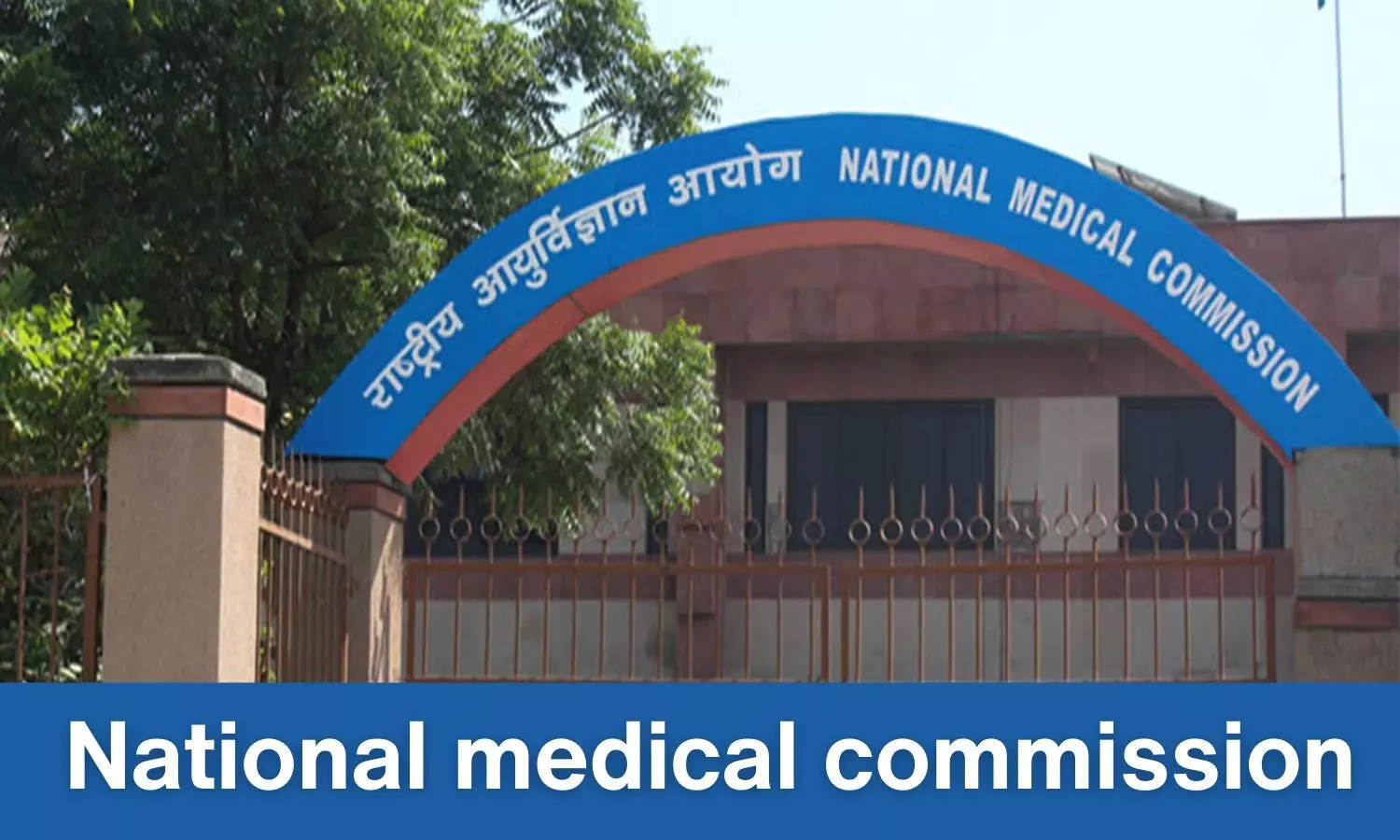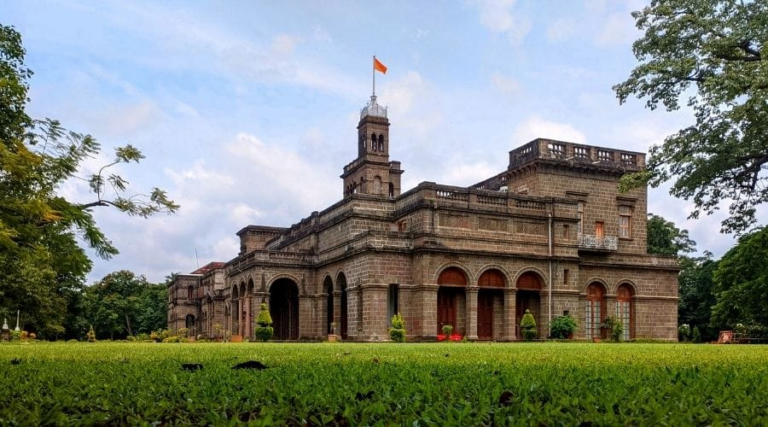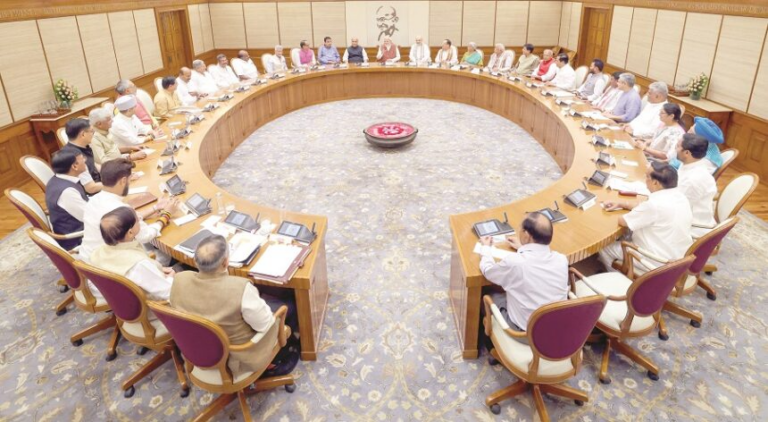
Abhyspeeth Education Desk
Mumbai: In a severe blow to Maharashtra’s medical education system, the National Medical Commission (NMC) has issued ‘show-cause’ notices to nearly all government medical colleges in the state. The only exception is Nagpur’s Indira Gandhi Medical College. The NMC’s action comes after repeated negligence in improving basic infrastructure and addressing the critical shortage of teaching staff across these institutions.
Invoking Clause 8 of Chapter 3 under the “Maintenance of Standards of Medical Education Regulations, 2023,” the Commission has warned of penalties up to ₹1 crore for each deficiency identified. If colleges fail to provide a satisfactory explanation, they not only face steep fines but also risk losing their approval status, placing thousands of medical students in academic jeopardy.
This crackdown follows an extensive inspection carried out by teams from the Maharashtra University of Health Sciences (MUHS), which found serious gaps in infrastructure and faculty strength. In some colleges, more than 50% of faculty positions are vacant. The situation is particularly dire in Ratnagiri, where only 18% of the required teaching staff are currently available—a figure among the worst in the country.
The roots of the problem trace back to the state’s medical education department. In recent years, the department aggressively pushed proposals for new government medical colleges, reportedly under political pressure, but failed to plan for long-term staffing and facility requirements. To create a temporary illusion of compliance during regulatory inspections, faculty from established colleges were sent on deputation to newer institutions. After inspections concluded, these faculty members were quietly transferred back, exposing a deliberate attempt to mislead regulators.
Experts warn that if the government doesn’t act swiftly to recruit faculty and upgrade infrastructure, Maharashtra could see the derecognition of multiple medical colleges. This would directly affect not only current undergraduate students but also those pursuing postgraduate medical education.
To avoid these consequences, the state government must launch an urgent recruitment drive and invest heavily in medical infrastructure. Otherwise, the dreams of thousands of students—especially from economically weaker sections—could be derailed.
This situation has triggered introspection across the medical education sector. What was once seen as an ambitious expansion of government medical colleges has now turned into a crisis of credibility and governance.
As the NMC awaits explanations, all eyes are now on the Maharashtra government’s next move. Will it address the root problems or let medical education in the state continue to crumble?




